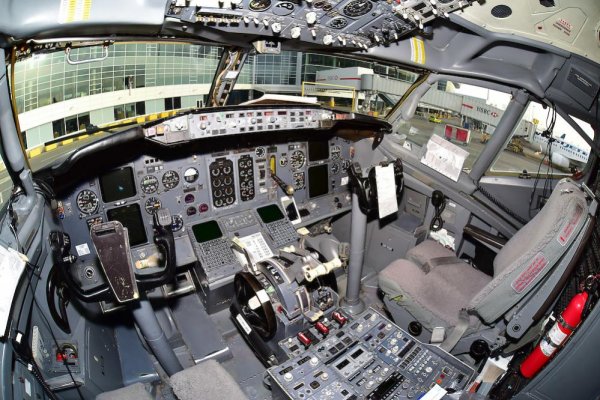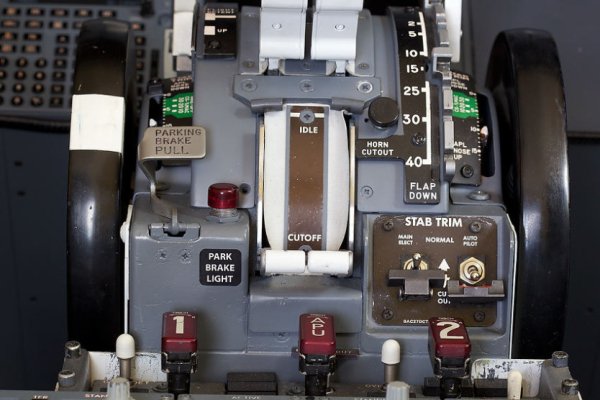A fundamental difference between design philosophies for Airbus and Boeing is that Boeing has always defaulted to pilot control in crisis situations, where Airbus prefers automatic systems. From what I have read, when Boeing decided to upgrade the 737 rather than white sheet a new design, they selected engines whose weight and size required changing the placement of the wings on the fuselage. That changed how the aircraft would respond and made it slightly more likely to pitch up during climb out, although I have no clue why that would be. Hence, the need for a system that corrects what amounts to an artifact of a bit of a kludge to accommodate new engines. The black box data should provide lots of insights, so until then, no one knows for sure what happened. However, it is possible we will never get a definitive answer that is made public. I say that based on a conversation I had with a fairly drunk Boeing technician in first class (free drinks) who was put in charge of replacing all the pylons on 747s worldwide. I asked him if he worked for Boeing because he had a whopper 3 ring binder with Boeing on the cover, and the flight we were on was returning to Seattle.
He said he did, and about 5 drinks later we got to talking about the crash of TWA 800 off New York. Many witnesses said that they observed a rocket hitting the aircraft and bringing it down, but the official explanation was an explosion in the fuel tanks. The tech confided to me - and you can take this or leave it as truth - that it was that crash that had occupied his time for the last two years. I asked why, and after pausing, he said it was because the design of the engine pylons was the actual cause. According to him, these were originally designed to break away from the wing if a bird strike or other catastrophic event damaged the turbine, which causes the engine to vibrate so much the concern was wing damage. He said that what happened to TWA 800 was a bird strike on the port outer engine. The engine broke loose as it was designed to do, but had sufficient fuel in the lines to keep burning for a few more seconds. The result was that the engine became a missile, and looped back and impacted the fuselage just forward of the wings, bringing the plane down and explaining why so many were convinced a land fired missile caused the crash.
I have no way of knowing whether this was fact or fiction, but I did verify after I got home that Boeing had, in fact, replaced all pylons on all 747s after this crash so it has the ring of truth. I mention this in context to this most recent crash because grounding the entire fleet would be almost as disruptive to air travel, world commerce, etc. as grounding all 747s would have been, which never happened. So, if I had to guess, these crashes will be put down to pilot error, but Boeing will fix whatever caused the issue and we will never get a comprehensive explanation.


